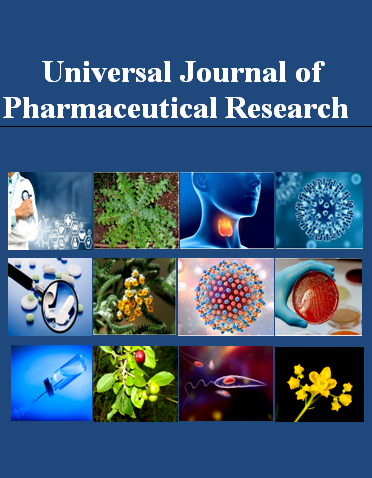BREAST CANCER CELLS UNDER OXYGEN STRESS: ADAPTATION AND SURVIVAL MECHANISMS
Keywords:
angiogenesis, breast cancer, cell survival, hypoxia, metabolic reprogrammingAbstract
Oxygen deprivation, or hypoxia, is a key characteristic of the tumor microenvironment in various solid tumors, such as breast cancer. As tumors exceed their blood supply, regions with low oxygen develop, generating selective pressure that fuels cancer advancement and resistance to treatment. Breast cancer cells demonstrate significant flexibility, allowing them to adjust to and endure under these difficult circumstances. Grasping the cellular and molecular reactions to hypoxia is essential for creating more efficient treatment approaches. A key adaptation to hypoxic stress includes metabolic reconfiguration. Breast cancer cells lower their dependence on oxygen driven mitochondrial respiration while boosting glycolytic activity, even when oxygen is available this is referred to as the Warburg effect. This metabolic change facilitates ATP generation and biosynthesis in oxygen-limited environments. Simultaneously, hypoxia-inducible factors (HIFs) trigger various genes related to angiogenesis, including vascular endothelial growth factor (VEGF), encouraging the development of new yet frequently ineffective blood vessels that continue to sustain hypoxic environments.

Peer Review History:
Received 1 August 2025; Reviewed 11 September 2025; Accepted 15 October; Available online 15 November 2025
Academic Editor: Dr. Jennifer Audu-Peter , University of Jos, Nigeria, drambia44@gmail.com
, University of Jos, Nigeria, drambia44@gmail.com
Reviewers:
 Dr. Hasniza Zaman Huri, University of Malaya Medical Centre, Kuala Lumpur, hasnizazh@ummc.edu.my
Dr. Hasniza Zaman Huri, University of Malaya Medical Centre, Kuala Lumpur, hasnizazh@ummc.edu.my
 Dr. Hatem Sameir Abbas, Al-Azhar University, Egypt, hsam8406@yahoo.com
Dr. Hatem Sameir Abbas, Al-Azhar University, Egypt, hsam8406@yahoo.com
Downloads

Published
How to Cite
Issue
Section
Copyright (c) 2025 Universal Journal of Pharmaceutical Research

This work is licensed under a Creative Commons Attribution-NonCommercial 4.0 International License.









 .
.